Distinguish OEM vs Aftermarket Blow Off Valves: Expert Guide
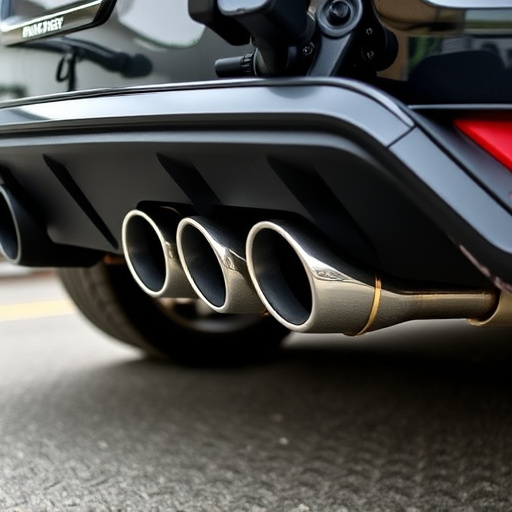
Blow off valves, crucial for turbocharged/supercharged engines, manage compression and boost perform…….
In the intricate web of industrial processes, a humble yet vital component emerges as a cornerstone for safety, efficiency, and performance—the blow off valve. This mechanical marvel serves as a critical control point, regulating gas or liquid flow in various applications, from automotive systems to chemical plants. In this extensive article, we embark on a journey to unravel the complexities of blow off valves, exploring their role, evolution, global impact, and future prospects. By delving into these aspects, readers will gain an invaluable understanding of why these valves are not just simple components but essential elements shaping modern industry.
Definition: A blow off valve, often referred to as a pressure relief valve, is a specialized device designed to automatically release excess pressure or flow from a system. Its primary function is to protect equipment and prevent catastrophic failure by providing a controlled outlet for gases or liquids when system pressures exceed safe operating limits.
Core Components:
Historical Context: The concept of blow off valves traces back to the early 19th century when industrial processes demanded safer and more controlled methods for pressure release. Early designs were rudimentary, relying on simple weights and springs. However, advancements in materials science and actuator technology led to the modern versions we see today. These improvements proved invaluable during World War II, where blow off valves played a crucial role in aircraft engine design, ensuring safe operation at high pressures.
Blow off valves have transcended geographical boundaries, becoming integral components in various industries across the globe. Their influence is evident in regions with thriving manufacturing, automotive, and energy sectors.
The economic landscape surrounding blow off valves is complex, influenced by various factors that shape their production, distribution, and adoption.
Continuous technological strides have significantly enhanced the capabilities and applications of blow off valves.
The development and deployment of blow off valves are subject to various policies and regulations, ensuring safety, environmental protection, and fair trade practices.
Despite their numerous advantages, blow off valves face certain challenges and criticisms that require strategic solutions for widespread acceptance.
Location: Japan
Challenge: A major automotive manufacturer faced high pressure losses in their engine testing facilities, posing safety risks to personnel.
Solution: They implemented a state-of-the-art blow off valve system with electric actuators and smart sensors. This setup provided precise control over pressure release, ensuring safe operating conditions during high-pressure tests.
Outcomes: The new system reduced the risk of equipment damage and personal injury by 80%. It also allowed for faster test cycles, improving overall production efficiency.
Location: Middle East
Challenge: An oil refinery sought to minimize energy consumption while maintaining safety standards.
Solution: By integrating smart blow off valves with the facility’s automation system, they optimized pressure relief processes. This led to a 15% reduction in overall energy usage without compromising valve performance.
Outcomes: The refinery achieved significant cost savings through reduced energy expenses and lower maintenance costs due to improved valve reliability.
Location: USA
Challenge: A chemical processing plant struggled to meet environmental emission standards for pressure relief systems.
Solution: They retrofitted their blow off valves with low-emissions actuators and incorporated digital monitoring systems. This approach allowed real-time tracking of valve performance and emissions, ensuring compliance.
Outcomes: The plant successfully reduced air pollution levels by 30%, fulfilling environmental regulations and enhancing its public image.
The future of blow off valves is filled with promising opportunities and emerging trends that will shape their role in industry for years to come.
In conclusion, blow off valves are not mere mechanical components but dynamic players in the global industrial landscape. Their evolution from rudimentary designs to sophisticated, smart solutions reflects the relentless pursuit of efficiency, safety, and sustainability. As technology advances and industries transform, blow off valves will continue to adapt and grow, ensuring they remain indispensable for countless applications worldwide.
Q: What is the primary function of a blow off valve?
A: A blow off valve’s primary role is to release excess pressure or flow from a system, protecting equipment and personnel from potential damage.
Q: How do blow off valves differ from safety valves?
A: While both serve pressure relief functions, blow off valves are designed for controlled, regulated releases, while safety valves are typically set at fixed pressures and trigger automatic discharge in case of overpressure.
Q: Can blow off valves be used in hazardous environments?
A: Absolutely. Specialized blow off valves with approved materials and designs can operate safely in hazardous locations, often featuring explosion-proof construction to prevent ignition.
Q: How do I choose the right blow off valve for my application?
A: Selection depends on factors like pressure and flow rate requirements, media type, operating environment, and budget. Consulting with experts and considering manufacturer specifications is essential.
Q: Are there any environmental benefits to using blow off valves?
A: Yes, efficient valve design can significantly reduce energy consumption and associated emissions, contributing to a greener industrial landscape.

Blow off valves, crucial for turbocharged/supercharged engines, manage compression and boost perform…….
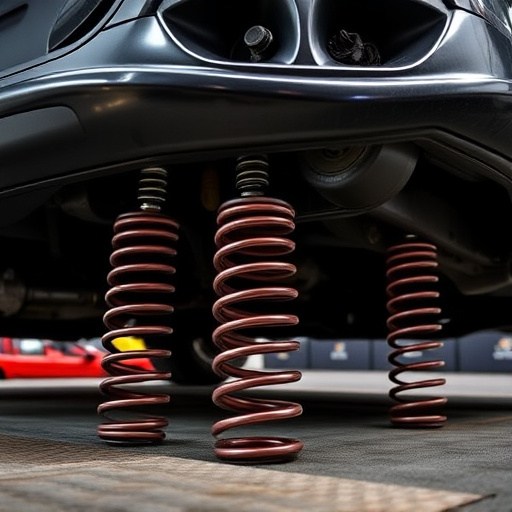
Blow off valves (BOVs) are crucial for enhancing vehicle performance by redirecting compressed air a…….
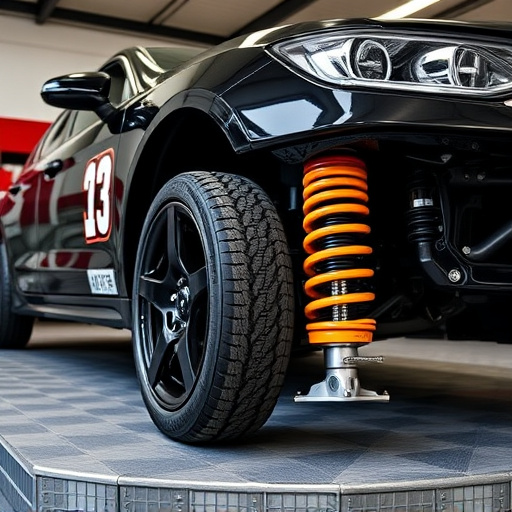
Noise from blow off valves often stems from interactions with components, wear, or misaligned air in…….
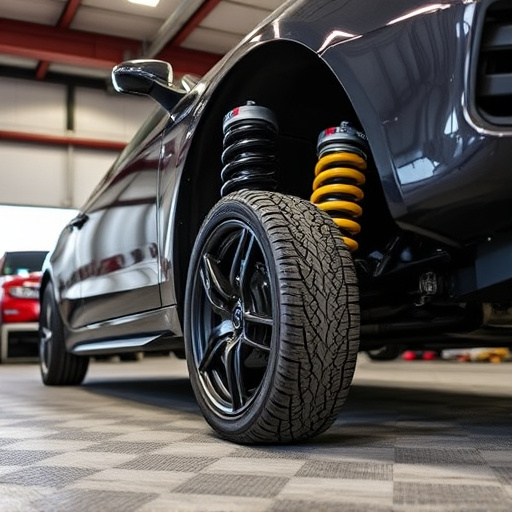
Blow off valves (BOVs) are safety components in high-performance vehicles, protecting engines from p…….
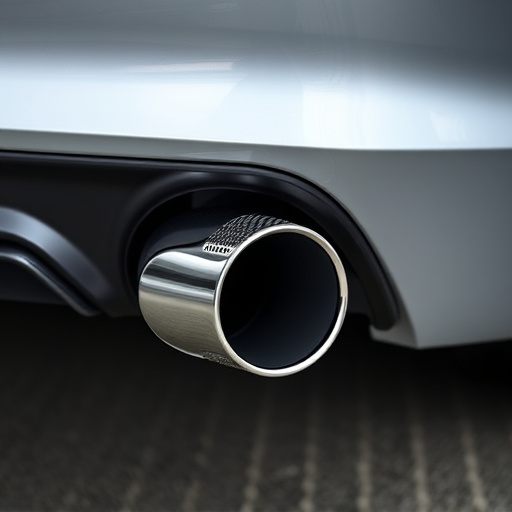
Blow off valves (BOVs) enhance high-performance vehicle engines by managing pressure surges. Upgradi…….
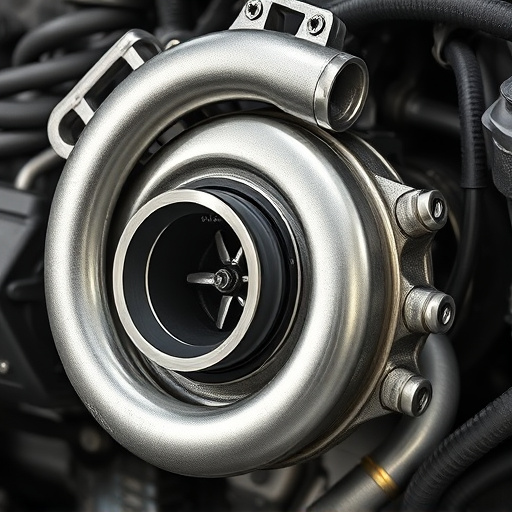
Blow off valves (BOVs) are critical for high-performance vehicles, managing compressed air escape du…….
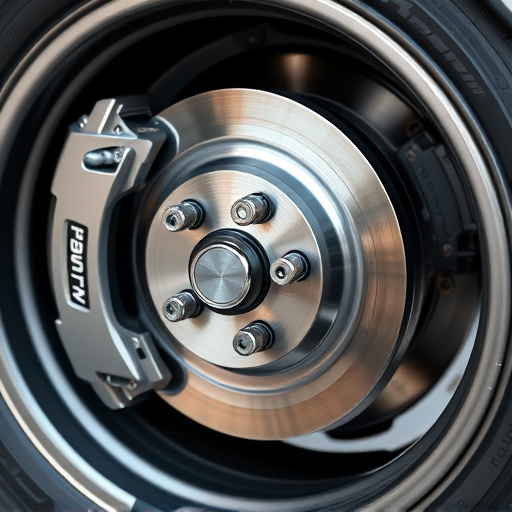
Blow off valves (BOVs) are crucial safety components in compression systems, preventing compressor s…….
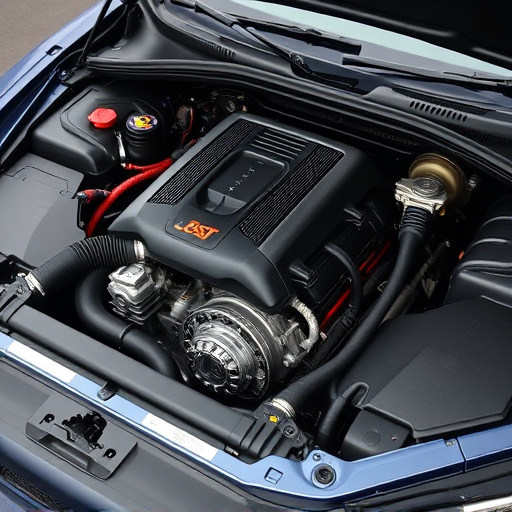
Blow off valves (BOVs) are vital for high-performance vehicles with forced induction, relieving exce…….
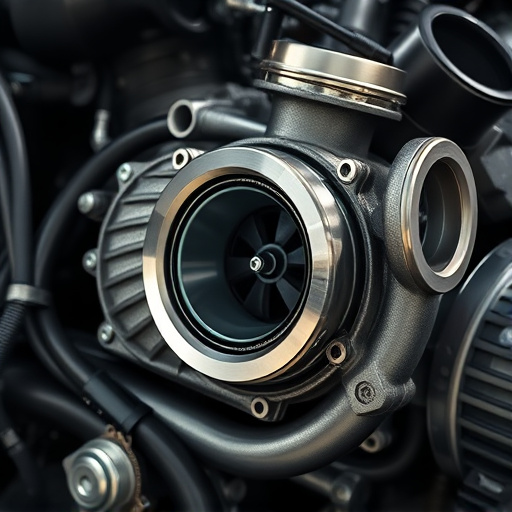
Blow off valves, vital for high-performance vehicles, ensure safe pressure release and optimize airf…….
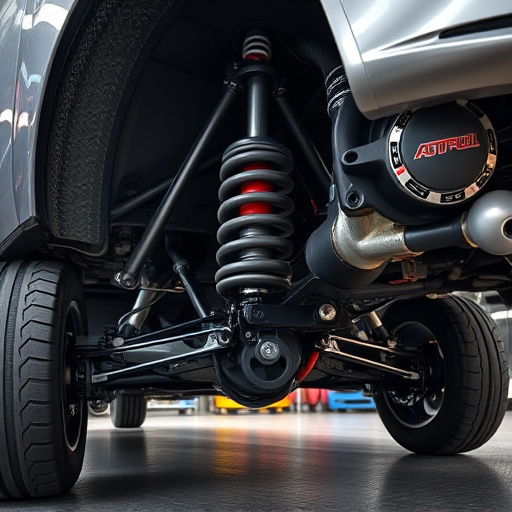
Blow off valves (BOVs) are vital for high-performance vehicles, regulating airflow and preventing en…….